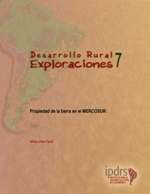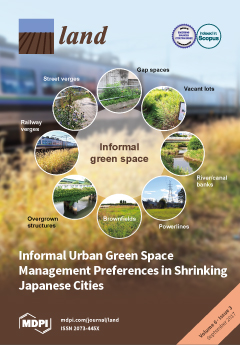Migration and land rental as risk response in rural China
Households in developing countries take various actions to smooth income or consumption as a means of managing or responding to risk. This paper examines migration and land rental market participation as responses to risk in rural China.
The authors show that over the last 30 years, there have been significant reforms in China, which have increased labour mobility and the functioning of rural land markets. The authors emphasise that while limitations still remain, the reforms have to date increased the efficiency of the allocation of these important factors of production.









